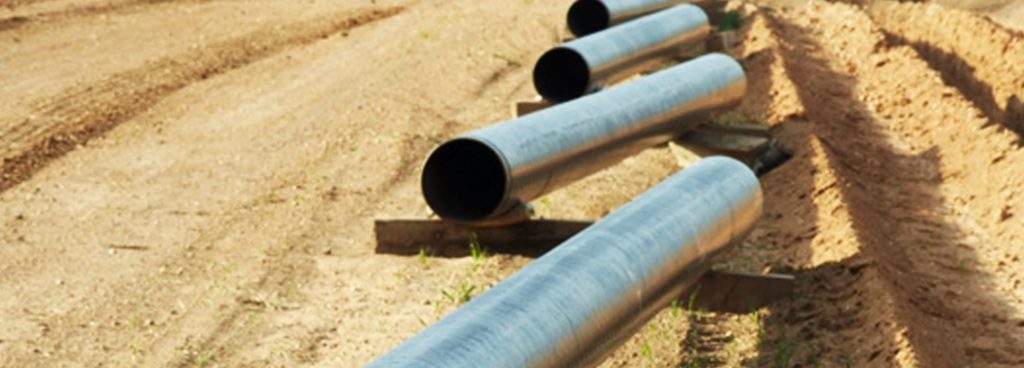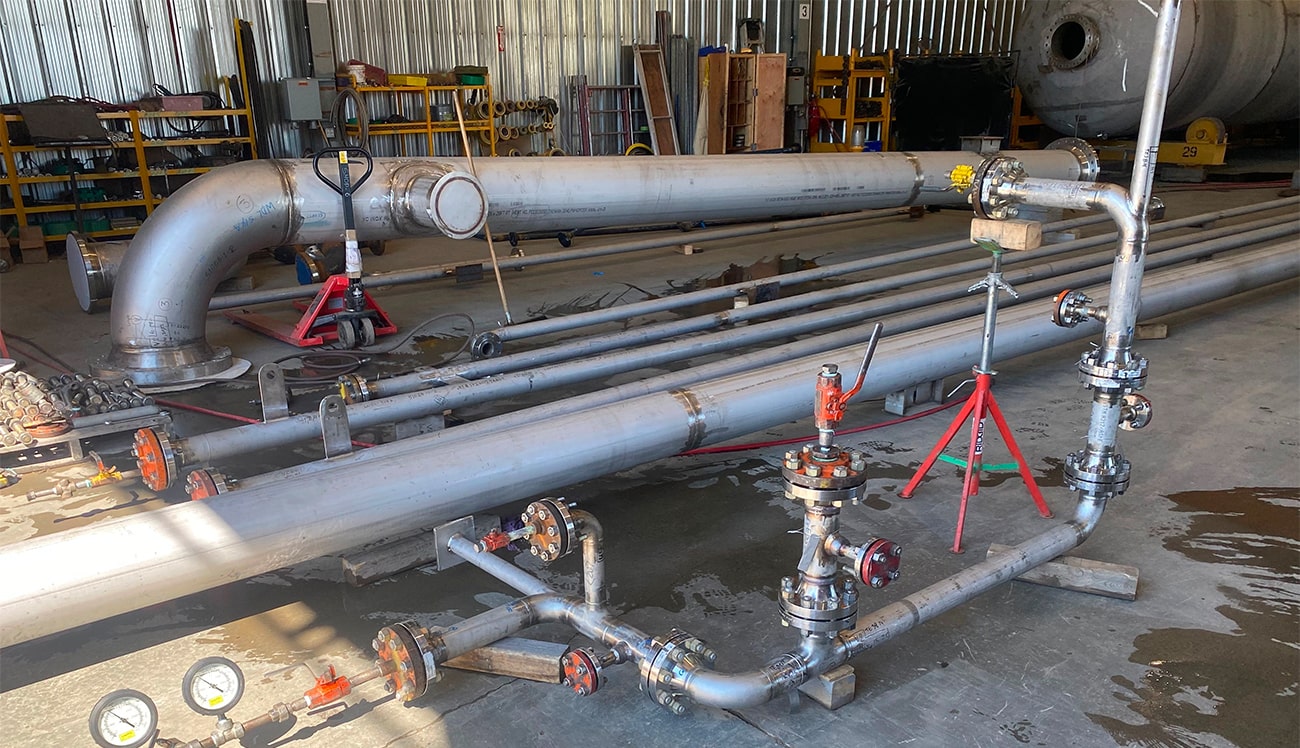Comprehensive Introduction of Pipe Welding Evaluation Procedures
In the realm of pipe building, making certain the honesty and safety and security of welded joints is vital. Pipe welding evaluation treatments play a vital role in ensuring that welded connections satisfy rigid industry standards and requirements. From precise pre-welding examinations to extensive post-weld evaluations, a distinct inspection procedure is essential for keeping the architectural strength of pipes. Understanding the intricacies of welding evaluation treatments is not only a governing demand however also an essential facet of promoting the dependability of these crucial facilities.
Pre-welding Assessment Preparations
Prior to starting the welding procedure, complete pre-welding evaluation preparations are vital to make certain the integrity and quality of the weld joint. These preparations entail a precise evaluation of the products to be welded, the welding devices, and the work setting. First of all, the materials should be examined for any flaws, pollutants, or disparities that could endanger the weld. This consists of monitoring for appropriate product qualities, dimensions, and surface problems. Pipeline Welding Inspection. In addition, the welding tools needs to be evaluated to validate that it remains in excellent working condition, calibrated correctly, and suitable for the certain welding process. Any concerns with the devices should be attended to quickly to stop defects in the weld. The job atmosphere need to be reviewed for sanitation, proper ventilation, and security measures to make sure a helpful setup for the welding operation. By carrying out comprehensive pre-welding inspection preparations, possible problems can be determined and settled early on, resulting in premium and reputable weld joints.
Welding Procedure Certification
Thorough pre-welding assessment preparations lay the structure for the vital process of Welding Procedure Certification, making sure the stability and quality of the weld joint. Welding Procedure Credentials (WPQ) is a crucial action in the welding procedure that involves screening and certifying welding procedures to guarantee they fulfill specific criteria and requirements. The WPQ procedure normally includes welding treatment specification growth, welding treatment qualification testing, and documentation of the outcomes.
During welding treatment specification advancement, essential information such as the welding process, welding materials, joint layout, and welding specifications are specified to create an extensive procedure. Consequently, welding procedure credentials screening is carried out to verify the recommended procedure's integrity. This testing typically involves welding examination promo codes that are subjected to various mechanical and non-destructive examinations to assess the weld's high quality and adherence to the defined standards.
In-process Weld Evaluation
Throughout the welding process, in-process weld assessment plays an important function in making certain the top quality and integrity of the weld joint - Pipeline Welding Inspection. This type of evaluation entails keeping track of the welding parameters, evaluating the weld grain development, and detecting any prospective defects or interruptions as they occur. By carrying out in-process weld examinations, welding operators can immediately address any problems that may occur, consequently avoiding more issues and making certain that the final weld fulfills the called for specifications
Typical methods made use of for in-process weld examination include aesthetic examination, liquid penetrant screening, magnetic particle screening, ultrasonic testing, and radiographic testing. Generally, in-process weld assessment is vital for preserving the high quality and integrity of welded pipelines.
Non-destructive Screening (NDT)
Non-destructive Screening (NDT) is a crucial approach utilized in pipe welding assessment to assess the honesty of weld joints without creating damages to the welded framework. By utilizing various NDT methods, inspectors can evaluate the top quality of welds and recognize any type of flaws or interruptions that might endanger the architectural soundness of the pipe. Typical NDT approaches used in pipeline welding inspection include Radiographic Screening (RT), Ultrasonic Testing (UT), Magnetic Particle Examining (MPT), Fluid Penetrant Screening (LPT), and Visual Testing (VT)
RT involves the use of X-rays or gamma rays to create images of the interior framework of the weld, allowing examiners to identify defects such as porosity, splits, or incomplete fusion. UT uses high-frequency sound waves to identify imperfections underneath the surface of the weld, supplying in-depth details concerning the size and place of flaws. MPT and LPT are made use of to recognize surface-breaking problems by applying penetrant liquids or magnetic particles to the weld location. Additionally, VT entails aesthetic inspection of welds to identify any kind of noticeable imperfections.
Post-weld Examination and Paperwork


Paperwork of post-weld examination searchings for is crucial for keeping quality assurance records and making certain visit the site conformity with sector requirements and laws. In-depth reports need to include information regarding the inspection methods made use of, the location and nature of any problems discovered, and any kind of rehabilitative activities taken - Pipeline Welding Inspection. Proper paperwork not only works as a record of the weld's high quality however also help in future maintenance and examination processes
Conclusion

In final thought, pipeline welding examination procedures play a crucial duty in ensuring the top quality and honesty of welds. In general, adherence to proper examination procedures is vital to the success of pipeline welding projects.
From careful pre-welding assessments to thorough post-weld assessments, a distinct examination process is crucial for preserving the architectural stability of pipelines. By performing in-process weld examinations, welding operators can promptly attend to any kind of issues that might develop, thereby making certain and protecting against you can try here more flaws that the final weld satisfies the required specifications.
Common approaches used for in-process weld inspection include visual inspection, fluid penetrant screening, magnetic fragment testing, ultrasonic screening, and radiographic testing.Non-destructive Testing (NDT) is a critical technique utilized in pipe welding examination to assess the integrity of weld joints without causing damages to the welded structure. Post-weld inspection involves various approaches to analyze the welds for flaws, including visual inspection, dye penetrant testing, magnetic fragment testing, ultrasonic screening, and radiographic screening.